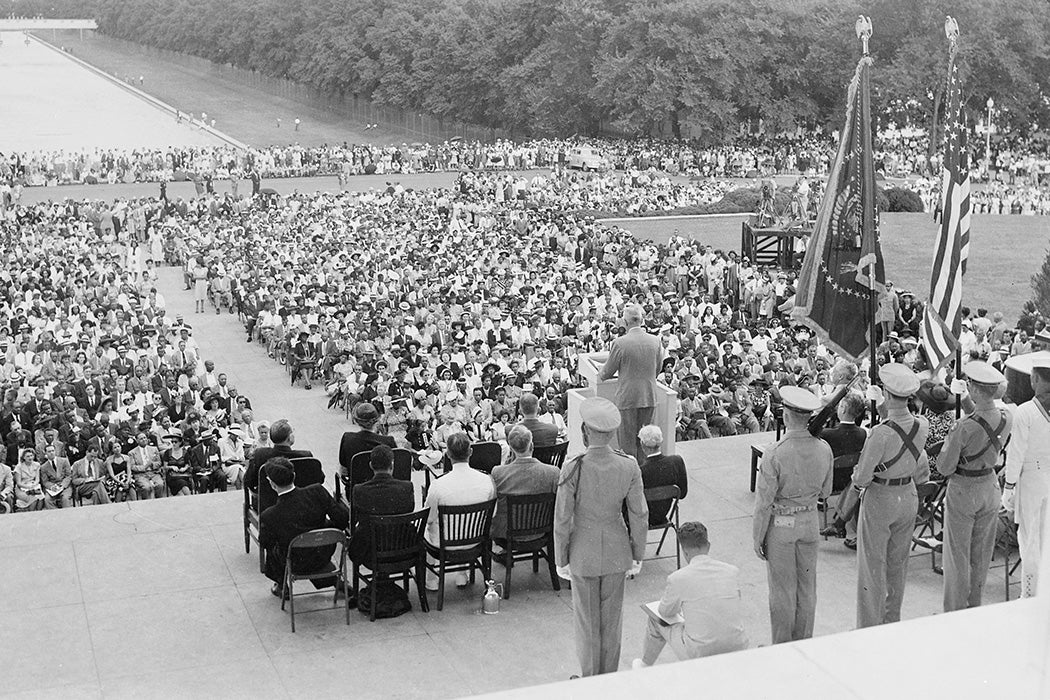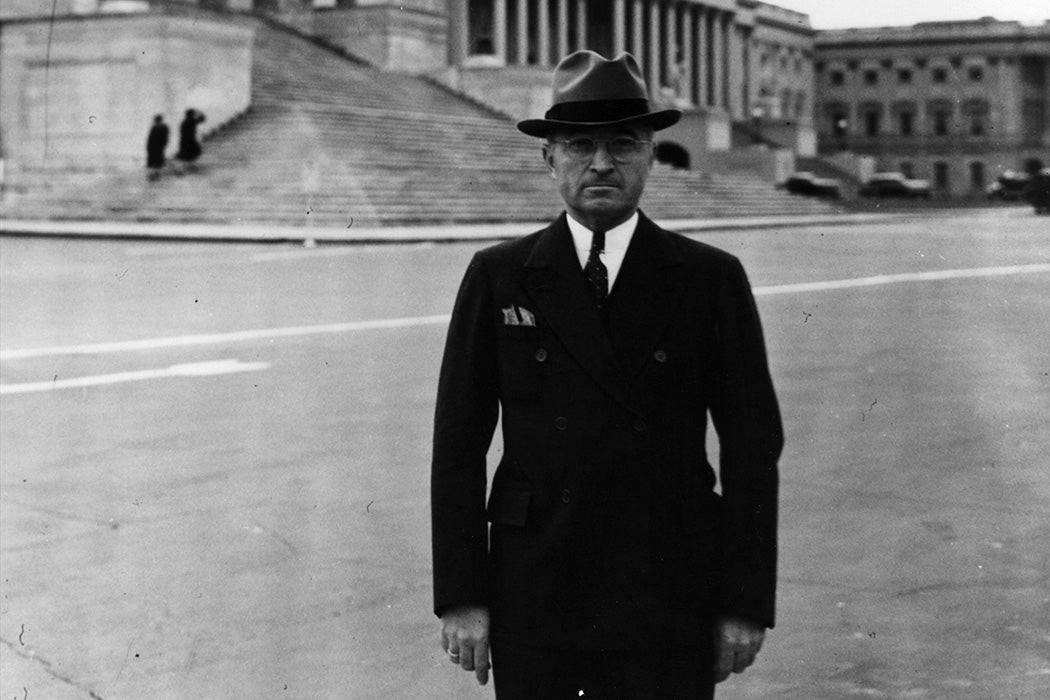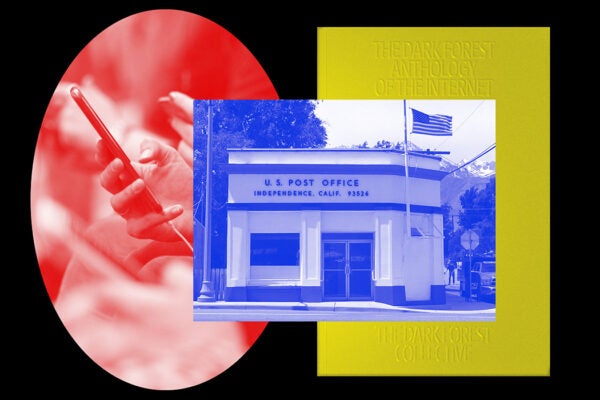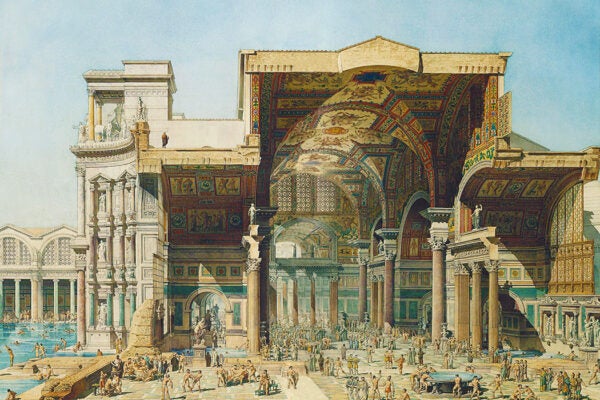When Harry Truman became president after the death of Franklin Roosevelt in 1945, it represented the ascendancy of the conservative side of Roosevelt’s Democratic Party coalition. Truman was a Missouri native who privately expressed support for white supremacy. And yet, over his first few years in office, Truman proposed federal laws against lynching and poll taxes, and, when that didn’t work, used executive orders to desegregate the military and require racial equality in federal hiring.
Why did he do it? Sociologist Joshua Bloom argues that he was successfully pushed by Black activists who fought the oppression of Black Americans as part of a larger global anti-colonial struggle.
After the end of World War II, Bloom writes, the global role of the US was in flux. Truman supported an aggressive stance toward the Soviet Union along with firm support for Britain and France in their colonial endeavors. But he had opponents inside, as well as outside, the Democratic Party’s leadership. This created the real possibility of a party split, with Henry A. Wallace leading a coalition of progressives and labor advocates that opposed the emerging Cold War.
Another part of the broad opposition to Truman’s foreign policy agenda was what Bloom terms a Black anti-colonial insurgency, supported by figures like labor leader A. Philip Randolph, performer and activist Paul Robeson, and sociologist W. E. B. DuBois. For example, Walter White, executive director of the NAACP, described the Black struggle against lynching and Jim Crow laws in the US as part of a broader anti-imperialist fight also playing out in India, Africa, South America, and elsewhere. The Black press also attacked Truman’s support of France and Britain’s colonialism, and the white media reported on Black anti-colonial protests.
More to Explore
How Harry Truman Rose to Fame Curbing War Profiteers
In 1946, several high-profile lynchings drew thousands of protestors to the White House to demand federal action. That September, Truman met separately with two groups calling for federal anti-lynching legislation, one led by Robeson and the other by White—who was joined by some insiders in the Democratic Party coalition’s progressive wing. Robeson put the problem of Black American oppression in the context of international relations and suggested that if the US government couldn’t stop lynchings, foreign nations should intervene to protect Black citizens. White, on the other hand, declined to connect lynching with colonialism and instead suggested that the murder of Black Americans was a vulnerability on the global stage and that addressing it could help fight the Soviets.
Weekly Newsletter
Truman responded warmly to White’s group and soon took some of the first steps toward a civil rights agenda. While he was much less welcoming to Robeson, Bloom argues that part of his motivation was blunting the power of that faction.
And, indeed, with Truman now taking anti-Black discrimination seriously, White pushed Du Bois out of the NAACP when he supported Wallace’s Progressive Party campaign in 1948. And, as the federal government began targeting radicals like Du Bois and Robeson, the NAACP, other civil rights groups, and the Black press moved away from anti-colonial politics.








